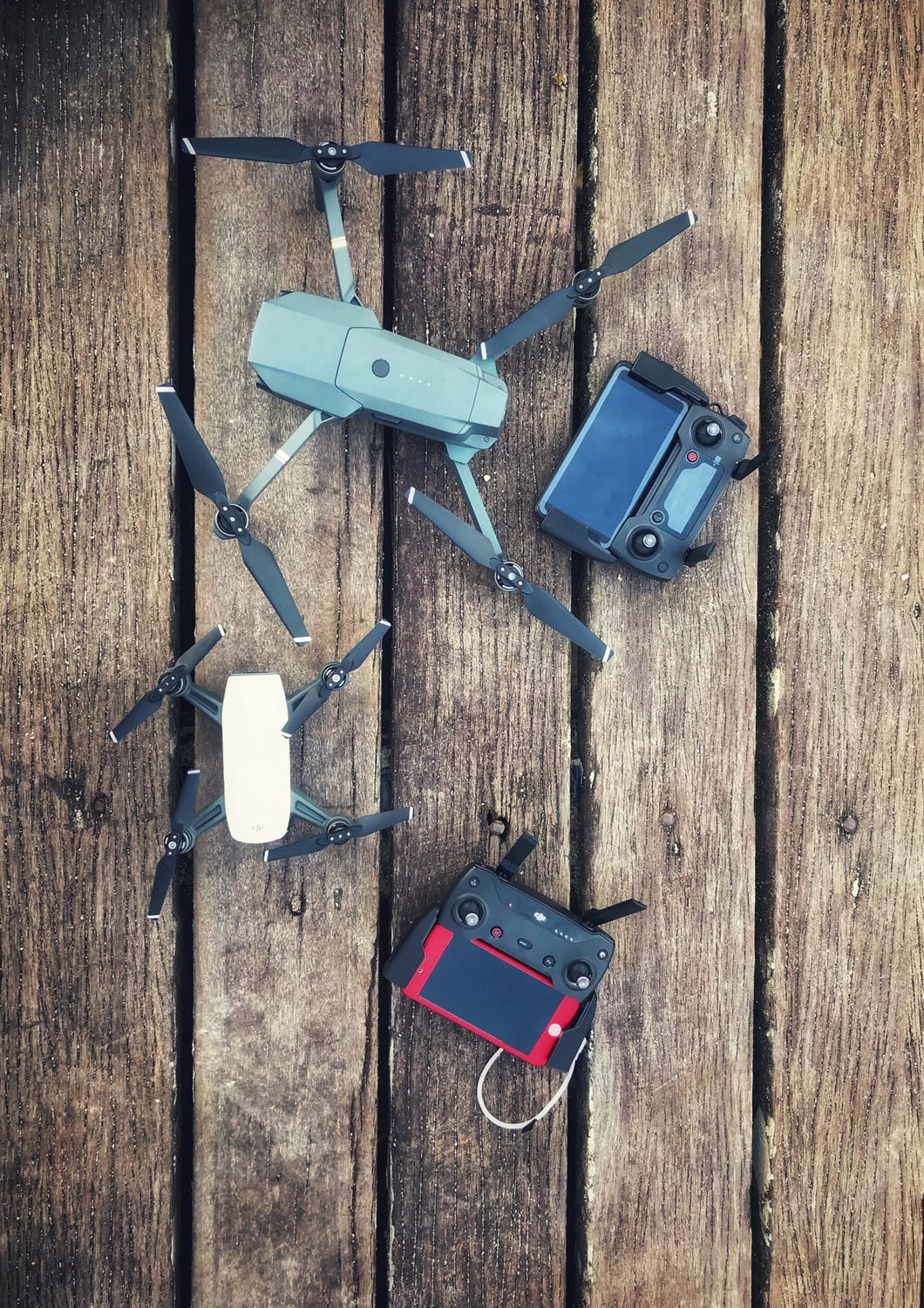
Congratulations on purchasing a new drone. You’re probably excited about it and can’t wait to get it airborne. However, it’s important to know the parts of the drone, their functions and how to fly it to prevent crashes. Here, we have summarised everything you need to have a great first-time experience flying a drone, so it doesn’t crash. Enjoy!
Read the manual
Like other gadgets, the first thing to do before flying a drone is reading the instructions in the manual. It’s vital that you don’t overlook the manual as it designed to help you know your drone’s physical parts, its flight features and how to get it airborne without crashing it. Ignoring the manufacturer’s instructions can lead to problems during flight, so carefully read the instructions.
Charge your quadcopter battery
This might sound obvious, but you should charge the drone before you take off with it. To prevent complications, it is recommended that you use the charger and the battery that come with the quadcopter at all times. If you have problems charging the battery, let the manufacturer know through any of their contact channels. Also, be sure to confirm the compatibility of the backup batteries you intend to use, just in case you have any.
Learn the basic drone controller functions
Generally, drones are controlled with a transmitter or remote controller, and it’s essential that you know how to use the handy device. The controls can become advanced as you improve your skills, but for a start, there are four main controller drone controls: pitch, roll, yaw and throttle.
• Roll: Pushing the right stick to the right or to the left makes the quadcopter fly and roll. It is the stick to use when you want to avoid obstacles like humans, a tree or even a building.
• Pitch: Pushing the right stick forward or backward makes the quadcopter move forward or backward, and is used for navigation as well as retreating in potentially dangerous situations.
• Yaw: Pushing the left stick to the right or to the left rotates the quadcopter clockwise or anticlockwise. It helps to change the direction of the drone without necessarily moving it away from its current position.
• Throttle: Pushing the throttle makes your quadcopter to change the altitudes. It’s usually used with other functions during flight. You push the stick to the left to engage the throttle and push it to back to disengage.
Do a pre-flight check
If you already have your drone, you probably can’t wait to start flying it. However, there are things to check before you get started. For starters, check to see if the open space you want to use for practice is free from obstruction like trees, towers, wall and people. Also, check for wind speed as most quadcopters don’t do too well in windy situations and put the visibility into consideration too.
Also, confirm if there’s a potential electromagnetic interference and be sure to look for abnormalities on the drone. It is also good to read the laws set for recreational drones.
Position the drone
When you have secured an open space, the next step is to position the drone according to the instructions in the manual. Ideally, the drone should be on a flat surface and should be in front of you, facing the same direction. Don’t attempt anything different until you have developed your piloting skills and you’re confident even without positioning it.
Connect the transmitter to the drone
Remember the throttle control? Yeah, it controls the power the drone needs to get airborne. So push it down, turn the transmitter on and then insert the battery. This is a crucial order that must be repeated always – before takeoff and after landing. After landing, simply reverse the sequence: disconnect the battery and turn off the transmitter.
Practice takeoff and landing
Now that you’ve come this far, it’s time to get your drone off the ground. The only control you need to do this is the throttle; so slowly push it upwards just to watch the drone takeoff and stop. Repeat this 2-3 times so you can get used to the throttle’s sensitivity.
To land the drone, simply push the throttle down slowly to make the landing as smooth as possible. Keep it steady and slow until it reaches the ground.
Practice hovering
The next thing to learn is how to hold the quadcopter in a spot during flight. When you’ve taken off with the drone using the throttle, make tiny adjustments on the left stick (yaw) to hold it in the air. Doing this requires concentration, and it’s recommended that while you practice this, keep the drone just a few feet off the ground. Also, it helps to practice this repeatedly to get the hang of it.
Practice rotating
Rotating is an important manoeuvre to learn and can be done by pushing the yaw to the left or right during flight until it rotates to face you. You will need to pay attention to the frame of the drone as it’s easy to get confused about where its front and back are.
Create a mental image
Finally, to develop your skills, imagine being a pilot and that you’re in the drone. Professionals do this a lot, and it helps them become more comfortable with the drone as well as become acquainted with how it behaves.


Leave a Reply